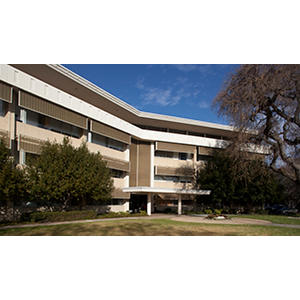
Deepti Sinha, MD
Clinical Assistant Professor
Sleep Medicine
Specialty Services – Welch Road
Pediatric Pulmonary and Cystic Fibrosis Clinic
770 Welch Road, Ste 380
Palo Alto, CA 94304
Phone:
(844) 724-4140
Fax:
(650) 721-2884
Locations

Pediatric Pulmonary and Cystic Fibrosis Clinic
770 Welch Road, Ste 380
Palo Alto, CA 94304
Phone : (844) 724-4140
Fax : (650) 721-2884
1720 El Camino Real Ste 105, Pavillion C 2nd Fl MC 5704
Burlingame, CA 94014
Phone : (650) 779-4055
Fax : (650) 721-2884
Conditions
Sleep Medicine
Work and Education
Professional Education
University of Melbourne-Faculty of Medicine, Univ of Melb, Victoria, Australia, 12/7/1997
Residency
University of Illinois at Chicago, Chicago, IL, 7/31/2007
Fellowship
Stanford Hospitals and Clinics, Redwood City, CA, 6/30/2009
Board Certifications
Pediatrics, American Board of Pediatrics, 2008
Sleep Medicine, American Board of Pediatrics, 2009
Languages
English
Hindi
Connect with us:
Download our App: